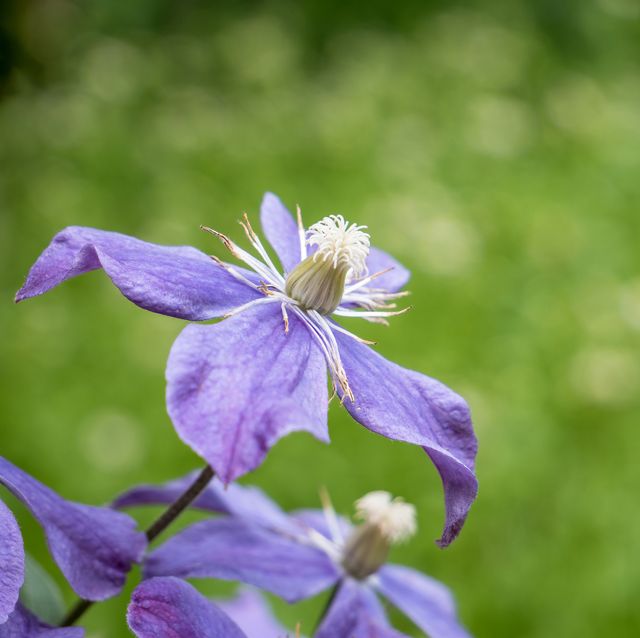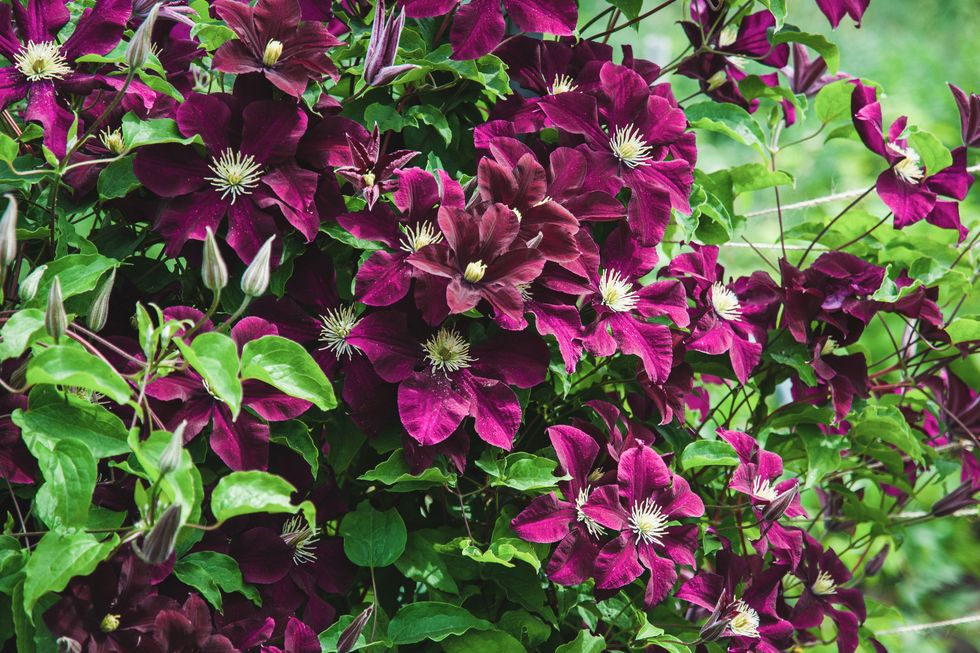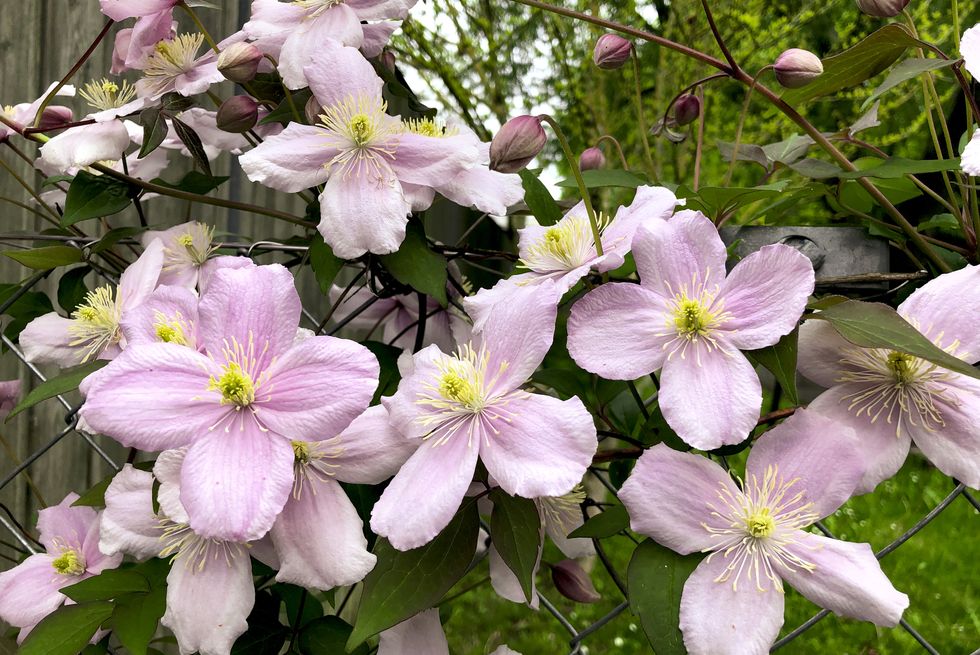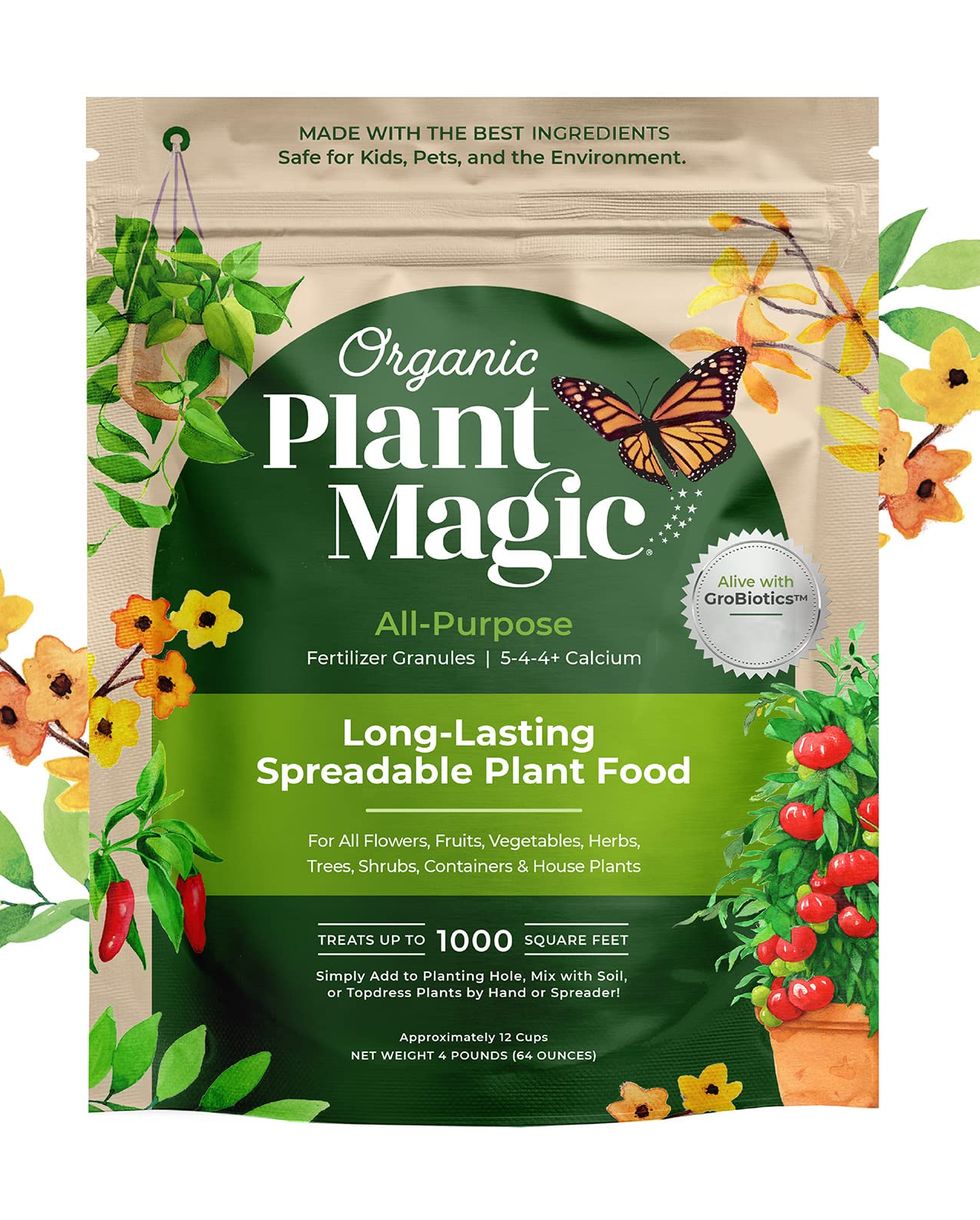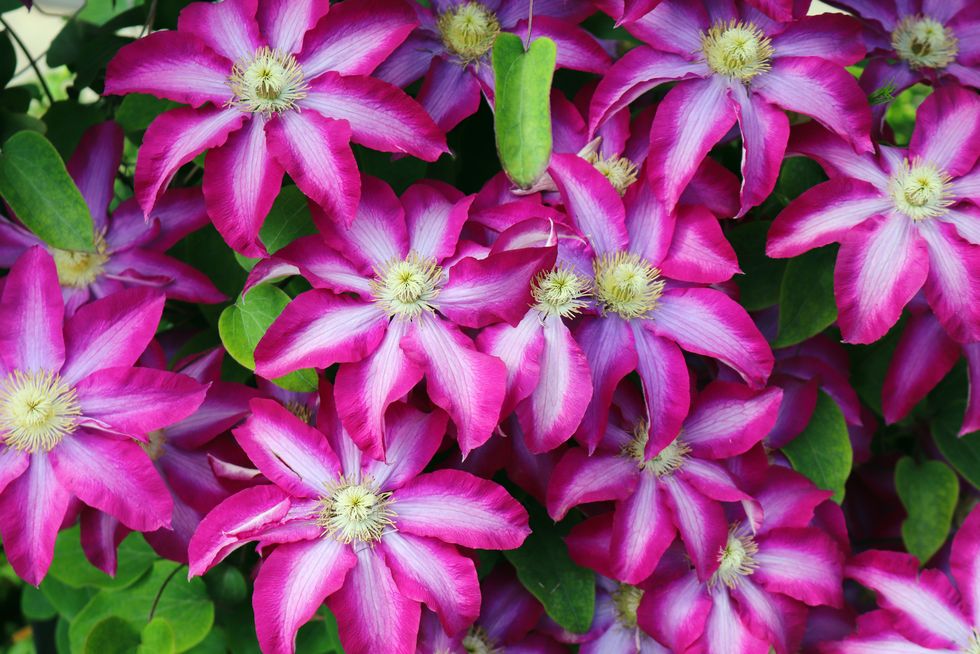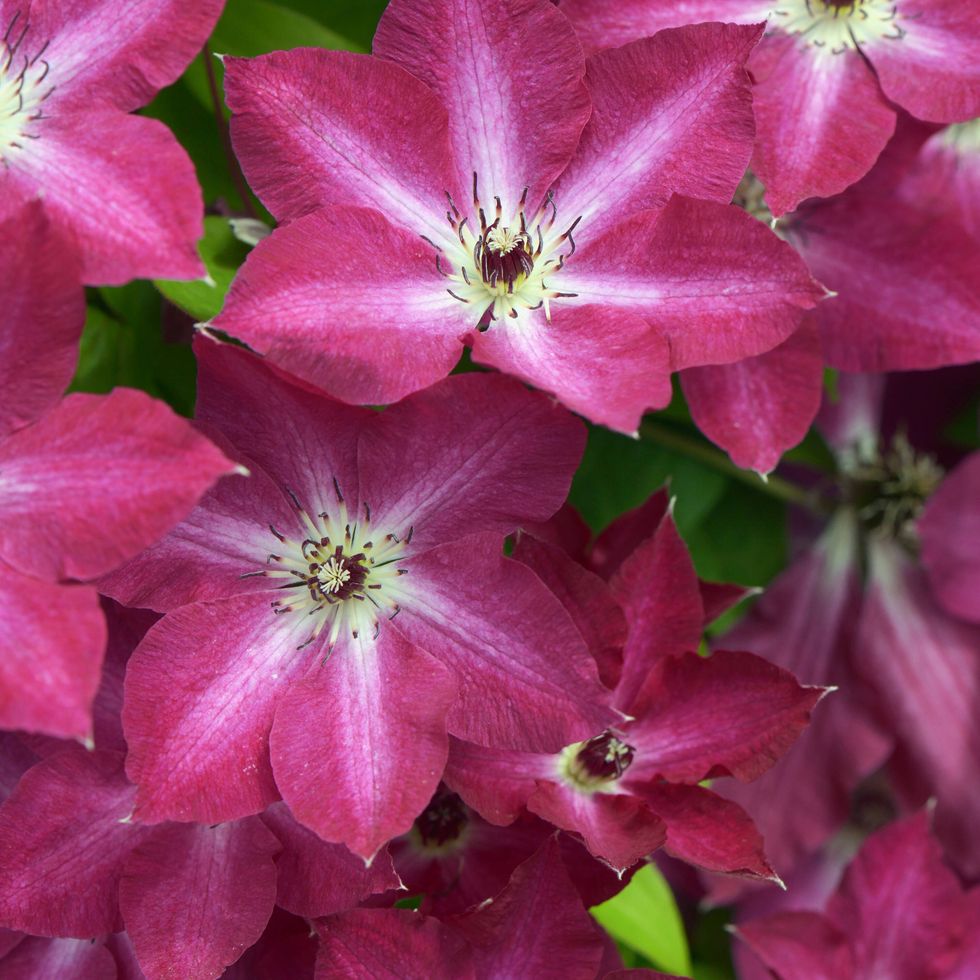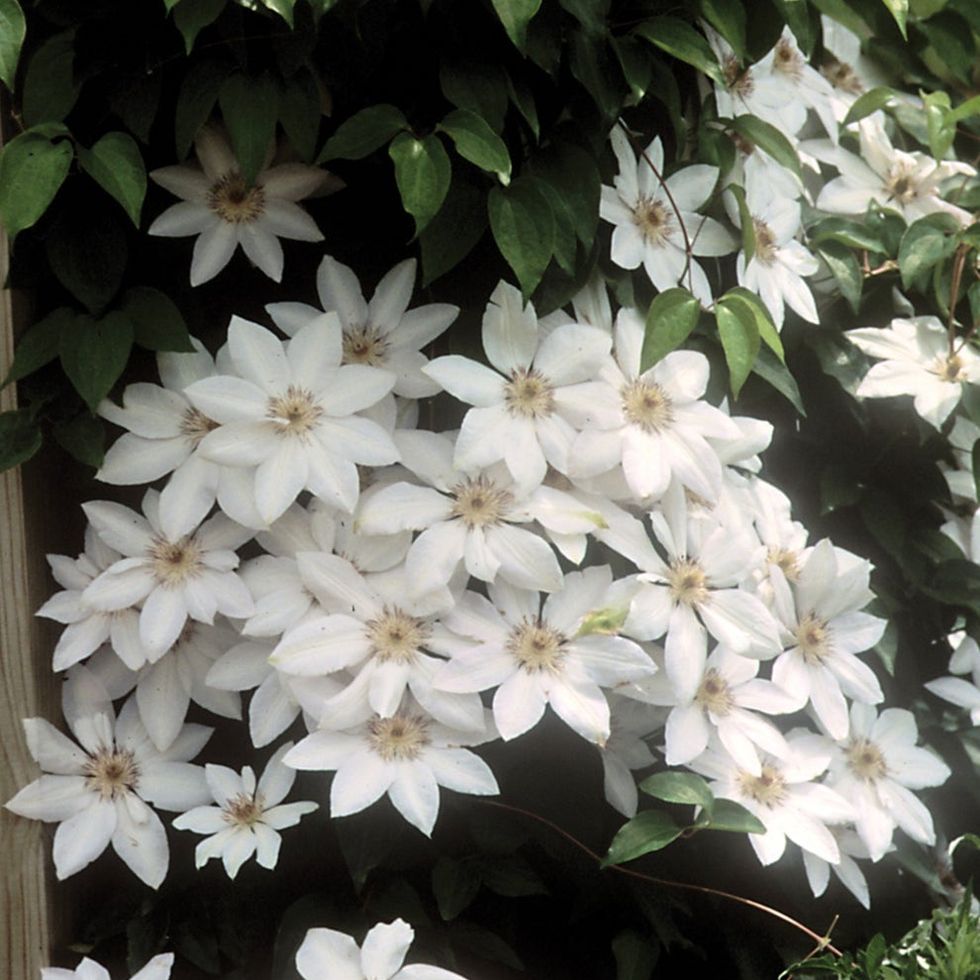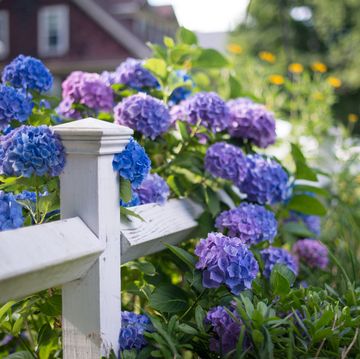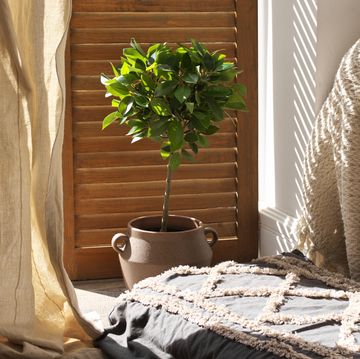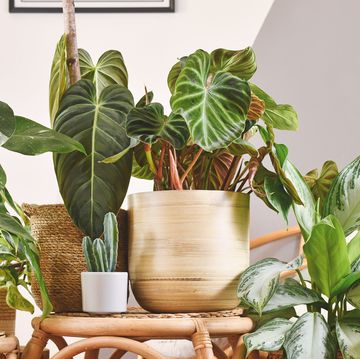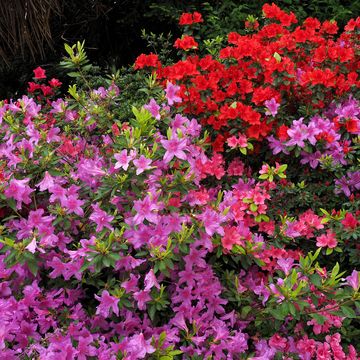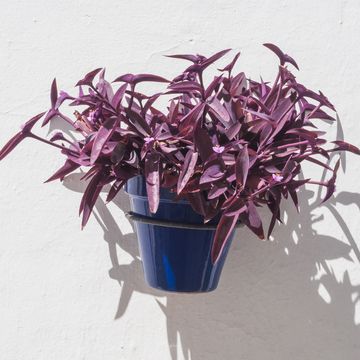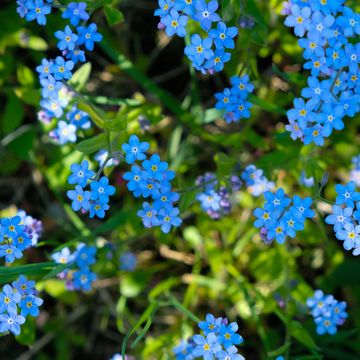Clematis plants, boast beautiful blooms that range in shape from little bells to big, broad-faced flowers. There are both vining types and spreading varieties. (In fact, clematis is one of our favorite flowering vines.)
The vines can grow 2 to 30 feet in height, and they come in array of pretty hues from white to pink, lavender-blue to burgundy-red, and even violet and bi-colors.
The sheer number of varieties of this plant is astounding. There are several hundred species of clematis with more than 2,500 cultivars, or cultivated varieties. So, there’s a clematis for every garden! Depending on the type, clematis may bloom in spring, summer or fall, and some types re-bloom.
Clematis is in the same family as flowers such as aconites, anemones, peonies, and hellebores, this plant is found nearly everywhere around the world, especially in the northern hemisphere. They grow in USDA Hardiness zones 4 to 9. (Find your zone here.)
Although clematis has a reputation for being hard to grow, it's a long-lived perennial that can do well if you give it the right conditions. You will need to be patient because it won’t look its best for several years. In fact, there’s an old saying that this plant crawls the first year, walks the second year, then really takes off and runs the third year, so plan on waiting a few years before it really shows off for you in your garden.
Read more: 28 Easy Trellis Ideas for Climbing Plants and Vines
Why Trust Us?
I'm a garden writer with more than 15 years of experience growing houseplants, edibles, and landscape plantings. I also regularly trial new plant cultivars for performance and reliability, and test garden products to evaluate practicality and durability.
Clematis Basic Info
Common Name: Clematis
Botanical Name: Clematis spp.
Plant Family: Ranunculaceae
Type of Plant: Woody perennial, vine or shrubby form
Native Origin: North America, Europe, India, Asia, and Australia
Sun Exposure: Full sun to part shade
Mature Size: 12 inches to 3 feet wide, 2 feet to 20+ feet tall, depending on the variety
Toxic to pets: Yes
Here’s what else you need to know about growing clematis:
Where to Plant Clematis
Clematis likes full sun, which is considered 6 or more hours of direct sunlight. However, it’s a little picky about exactly where it’s situated in your garden. It prefers its head in the sun and its feet in the shade, meaning its foliage should bask in the sunlight, while its roots should be shaded by another plant, mulch or a flat stone to provide shelter to its root system.
You can plant clematis in beds or containers, though it’s a little more finicky in containers, especially in cold climates. It likes well-drained soil and consistent moisture.
If you purchase a climbing variety, you’ll also need to provide support such as a trellis, pergola, tuteur, or wire grid. The twining stems cannot grab onto flat surfaces, such as a wall, so give it something to grab that’s not more than about ½-inch in diameter. Here are some of our favorite trellis ideas.
How to Plant Clematis
Clematis stems are fragile, so be careful when handling. Dig a hole about a foot deep, loosening the soil and mixing in some compost because clematis likes rich soil.
Some gardeners recommend planting your clematis a little deeper that it was in the pot, so that the crown (where the roots meet the stem) are about an inch or two below the soil surface. This will encourage new shoots to emerge from below ground to improve its overall sturdiness. Back fill the hole, tamp soil down, and water deeply.
Clematis vines may come tied to a small trellis or bamboo stake; don’t try to remove it. Just leave it intact and lean it against the new trellis. Put the new support in at the same time you are planting to prevent damaging the fragile plant later.
Rodents sometimes like to gnaw on your baby clematis plant, so surround it with a small chicken wire cage to keep them away while it’s getting established.
How to Care for Clematis
Because clematis are heavy feeders, fertilize regularly with a general-purpose fertilizer, according to the package instructions. A slow-release granular type is ideal. (Here's how to read and make sense of fertilizer numbers and letters.)
Clematis also benefits from regular watering, especially the first few seasons to help it establish a healthy root system. Water during drought in subsequent years.
You’ll also want to keep an eye out for wayward stems as it’s growing. Simply re-direct them back towards the trellis or support structure if they’re trying to escape and climb up something else in your garden.
How to Prune Clematis
Pruning rejuvenates older plants, removes damaged stems, and keeps your plant looking good. Your goal is to keep your plant neat, tidy, and full.
But this is where gardeners often get stumped: When you prune depends on the type you have and where it sets buds. Here’s what to do:
- Group 1 Clematis bloom in early spring on old wood that was grown the previous year. Prune them right after blooming.
- Group 2 Clematis bloom on old and new growth. They usually bloom in spring and sometimes fall, too. Prune after their first bloom in spring.
- Group 3 Clematis bloom on new wood. Cut them back within a foot of the ground every spring, or they can become overgrown and messy.
- The “I don’t know what kind of clematis I have” Clematis: Chances are, you may not know what kind of clematis you have, if you didn’t plant it or if you’ve lost the tag. No worries! Simply watch it for a year and then prune accordingly the next year. And don’t fret: The worst case scenario if you prune at the wrong time is that you cut off this year’s flowers, but they’ll return next year.
Arricca Elin SanSone has written about health and lifestyle topics for Prevention, Country Living, Woman's Day, and more. She’s passionate about gardening, baking, reading, and spending time with the people and dogs she loves.
